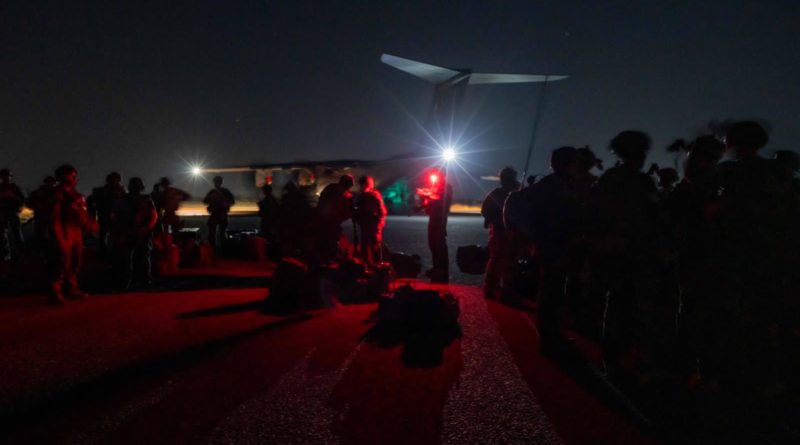[News] Sagittarius! How was the French evacuation operation in Sudan prepared and planned? (v3)
(B2) In recent days, the diplomats of the Quai d'Orsay crisis cell, like the French military planners, have slept little. With two main options up the sleeve. The French played the role of first entry for their European colleagues. Brilliantly and audaciously, if we are to believe the first feedback. Narrative
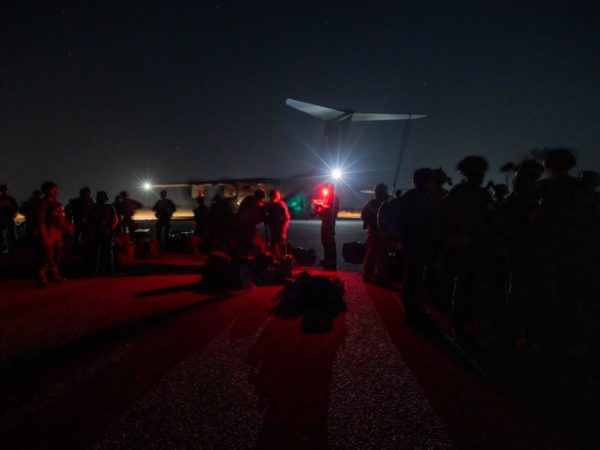
NB: to facilitate reading, the details of the rotations and the results of the operation have been placed in a separate article, read: Sagittarius, Eva Sierra…! Several rotations ensured by the Europeans. More than 1500 people evacuated.
Preparing for the operation Sagittarius
Intense planning began well in advance at the diplomatic and military levels. The forces prepositioned in Djibouti were placed on alert, as were some land units which came to reinforce the forces deployed in Djibouti, with several aircraft (3 A400Ms and a C130) and a frigate. The operation receives a code name: "Sagittarius", the sign of fire.
Air option preferred over land option
Particularly difficult task for planners. None had been chosen beforehand. Two options were thus worked on “simultaneously” by the planners of the Ministry of Defence: an option by road (then by sea), and an option by air. In the end, this last option was chosen. But at the last moment. Circumstances dictated this choice. For reasons, both tactical and practical. Going by road requires a “ large volume of vehicles “, we specify on the side of the ministry of the armies. It's necessary " provide fuel and water supply points " etc. And the " first feedback from the first evacuations (1) succeeded in convincing Paris that the air route was ultimately the least bad solution. This ultimately proved to be difficult but practicable (see below). However, means have been prepositioned “ in order to keep all the possible ways “We specify to the staff of the armies. Just in case, a third option has been preserved via Port Sudan: the sea route.
A very complex operation
No one hides it: this operation is " extremely complex swear the diplomats as well as the soldiers. Because " during the truce, the fighting continues ". And because, unlike their American and British comrades, the French have made the choice not only to evacuate diplomatic personnel, but also all French citizens. who want it and even some citizens of “friendly”, “partner” or allied countries. A choice adopted by all the European countries participating in the operation and coordinating closely with each other.
Many Europeans in French planes
The French should thus take care of nationals of several European countries (Germany, Belgium, Switzerland, United Kingdom ...), specified the Quai d'Orsay, but also " from Niger, Morocco, Egypt, Ethiopiae, etc. as well as members of the EU delegation. “Many “foreign partners” asked us for assistance et we try to help them in this difficult phase says a diplomat.
Important upstream diplomatic work
All-round contacts have been made at the strategic (= political) level. Assured in Paris by the President of the Republic (E. Macron) with his counterparts in Ethiopia and Djibouti, as with the belligerents. And the Minister of Foreign Affairs (C. Colonna) with the ministers of the Arab countries (United Arab Emirates, Egypt, Saudi Arabia) — who have contacts with the Sudanese — and her European counterparts and allies of the German A. Baerbock in the American A. Blinken via the Swedes, Belgians. In fact, she had contacts “ with almost all of its counterparts confides a diplomat.
Air corridors and truce
It was indeed necessary to reopen the air corridors. The countries (NB: Ethiopia) which had closed the airspace towards Sudan agreed to reopen it. It was also necessary to negotiate with the belligerents, on both sides, General al-Burhan (of the Sudanese armed forces) like General Hemedti (of the Sudanese rapid intervention forces). A negotiation which only concerned the evacuation and the establishment of security conditions Adequate, we hasten to specify at the Quai d'Orsay, to avoid this being seen as a concession made to one or other of the belligerents. On this point, the military forces present on the spot adopted a position of " strict neutrality ».
Locating and regrouping phase
Meanwhile, in Khartoum, the French Embassy began to locate its nationals (who wanted to be evacuated) and then to regroup them, while allowing the supply of fuel " who is seriously starting to miss on the spot in water and food. The fall of the networks (internet, telephone, etc.) also does not facilitate this work of locating the various nationals. The lack of fuel, water, food, with important fights also complicates the task of the diplomats of the crisis unit and the soldiers in charge of the planning of the evacuations (read: [News] Evacuation of diplomats and citizens in Sudan, a Land Air Sea operation is being prepared).
Setting up the operation: entry first
During the operation, the French played the role that the Americans had played in Kabul: that is to say the first entry, the control and the opening of the airport, as well as its proper functioning.
A European evacuation hub from Wadi Sayyidna
In the night from Saturday to Sunday, an opening is revealed. A first plane (C-130) takes off from the Djibouti air base (the BA 188 for short). Direction: west and Wadi Sayyidna military airport. An airport created in the 1940s by the Americans and then the British and used by the Sudanese Air Force. Remained in good condition, unlike that of Khartoum partly destroyed, it is under the control of the regular forces. it will be the one on which the French like the other forces (United Kingdom, Germany) will rely to carry out their operation. About 150 soldiers, mainly special forces, are mobilized on the French side for this first phase of the operation.
Recognition & protection
A first detachment about 100 people is projected onto the airport. It is made up of protection and reconnaissance elements, equipped with drones, logistical and medical means. The first plane that lands has a primary and essential task: “ ensure the first contacts with the Sudanese present (NB: the Sudanese regular forces), check that all the security conditions are met in order to be able to use the airport, starting with the aeronautical level (airport control and lanes).
An advanced mini-base
Three other planes (A400M and C-130) follow with vehicles, food, medical equipment, etc. On board: a strategic commodity: water, it is 43° on the ground! and without hydration no operation. Concretely, this makes it possible to set up a temporary mini-base camp as well as to make the first reconnaissances in the city. In fact, we must reconnoitre and secure the routes that will be taken to pick up the nationals at all the assembly points (designated by the diplomats) and bring them back to the airport “We specify to the staff of the armies. Strategically, this validates the air route over the land route. The evacuation operation can begin.
A command and coordination level
This detachment also includes a command level to conduct the operation and coordination » with the forces on the spot (Sudanese) as well as with the other Europeans. “This echelon will then remain in place throughout the operation ". Close coordination is indeed taking place between Europeans and Allies not only in Djibouti but also , (at the tactical level). The Germans, Italians and Swedes have mobilized an equivalent number of soldiers to the French to recover their nationals.
Coordinate take-off slots
It is necessary to closely coordinate departures, arrivals, the boarding of the various nationals, the control at the entrance to the airport, etc. The simple management of landing and take-off slots on the only available runway is particularly complex. A plane can only leave without its nationals. But bringing them together in a field at war is not easy.
Pick up nationals in town
One of the most difficult phases begins. It is indeed necessary to go to recover the various nationals and to convey everyone to Wadi Sayyidna, located at more than about twenty km in the north of Khartoum. Not easy. A central meeting point has been given to all potential evacuees: in front of the French Embassy. Then it requires " cross the front lines and several urban areas (Bahri, Omdurman).
A perilous journey
It is on this path that a French convoy, leaving from the French embassy in Khartoum, was targeted on Sunday morning. A French special forces soldier was injured (2). Supported by his comrades and a doctor, he was able to be repatriated to a military hospital in France. His days are not in danger, it is specified on the side of the staff of the armies.
(Nicolas Gros-Verheyde)
- The convoy where the Qatari ambassador was was allegedly attacked on the road, with stolen belongings. Turkey also had to temporarily interrupt this route after explosions took place near the chosen assembly point (in Khartoum).
- Point not confirmed first of all either by Quai d'Orsay or by the Ministry of the Armed Forces. As a precaution, the evacuation operation being in progress, it is not a question of incriminating one or the other. RSF paramilitaries accused indeed the regular forces to have fired. These designate their adversaries.
Picture gallery
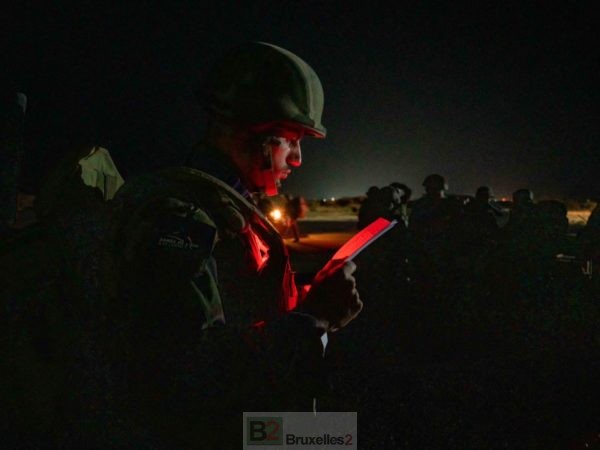

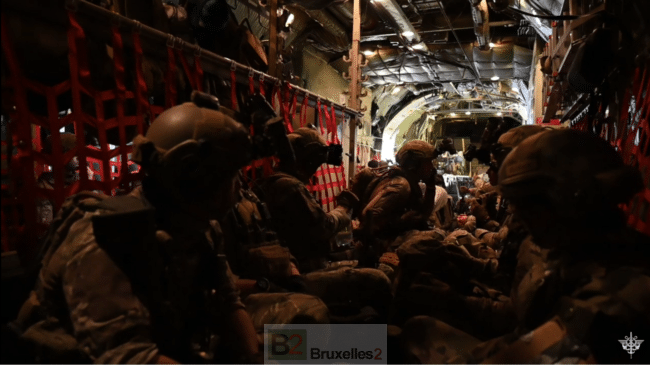
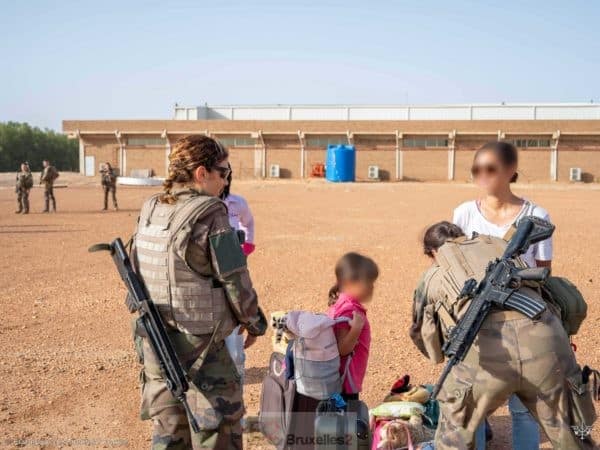
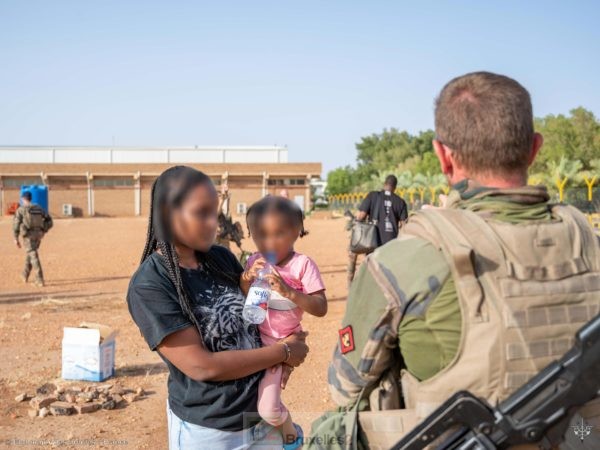
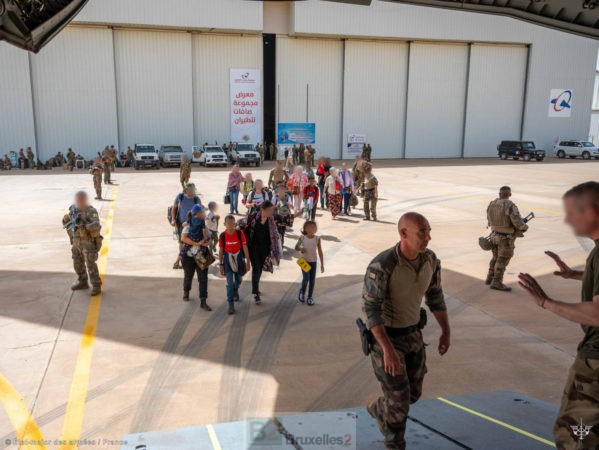
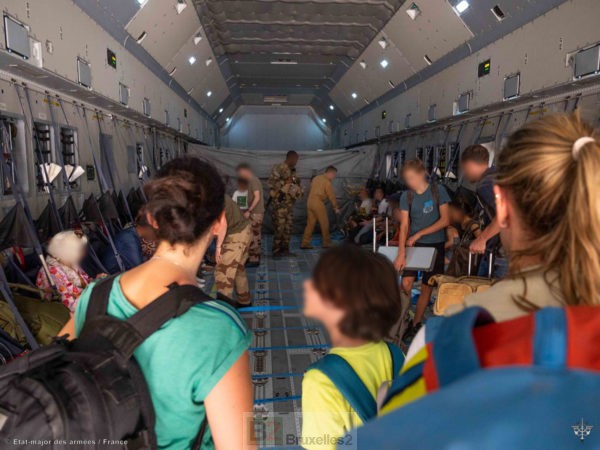
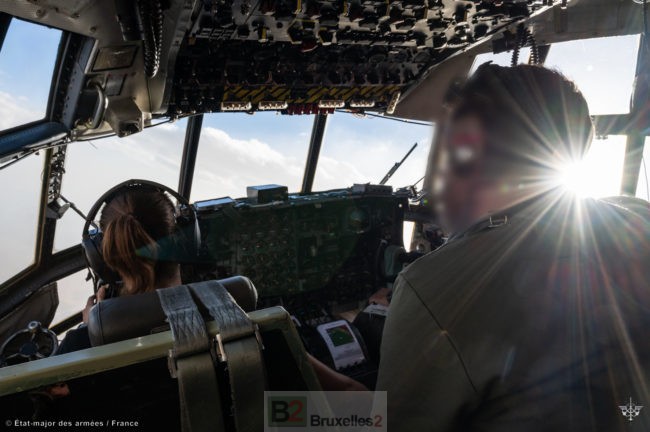
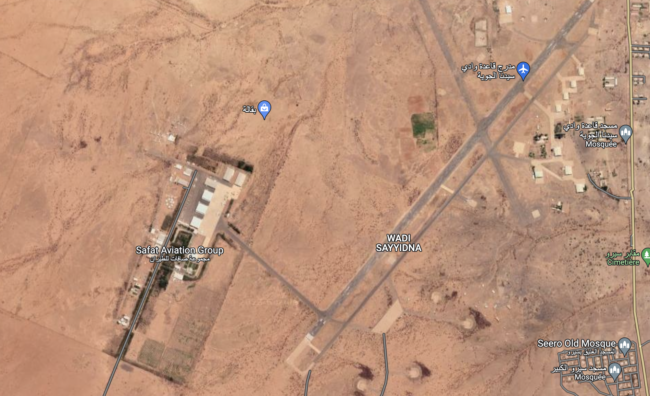
Updates - April 23, 20 p.m. details on the resources committed on the French side + photos, - April 24, 18 p.m. overall assessment - April 25, 18 p.m.: paper restructured and supplemented with a 2nd separate paper on the assessment, flight by flight.
